Liquid Nitrogen: Density, Weight, and Applications
Liquid nitrogen is an incredibly versatile substance used across industries for its extremely low temperature and inert properties. The physical properties of liquid nitrogen include its temperature characteristics, density, color and odor, phase transitions, and thermal conductivity. These properties make it a distinctive cryogenic liquid with applications across various fields. From medical uses to food preservation, its exceptional characteristics render it indispensable. This article delves into liquid nitrogen’s density, weight, and other properties, exploring why it’s so beneficial and how it compares to nitrogen gas.
What is Liquid Nitrogen?
Liquid nitrogen vaporizes at -196°C (321°F). It can be produced by lowering its atmospheric temperature and condensing it into an inert, non-toxic, and transparent state. Due to its low-freezing temperature characteristics, this non-toxic liquid is appropriate for various applications, such as freezing food items, preserving biological specimens, and generating inert atmospheres in manufacturing environments.
Physical Properties:
- Boiling Point: -196°C (-321°F)
- Melting Point: -210°C (-346°F)
- Density: Approximately 807 kg/m³ in liquid form at -196°C; 1.250 kg/m³ as a gas at 20°C
- Color: Clear, colorless
- Odor: Odorless
- Expansion Ratio: 1:680 when transitioning from liquid to gas
Density and Weight of Liquid Nitrogen
1. Density of Liquid Nitrogen:
- At its boiling point (-196°C), the density of liquid nitrogen is approximately 807 kg/m³. This is lower than the density of water, which means liquid nitrogen is less dense and occupies more volume per unit weight.
- Density in Different Units: Liquid nitrogen density is often expressed as 0.807 g/cm³ or 50.5 lb/ft³.
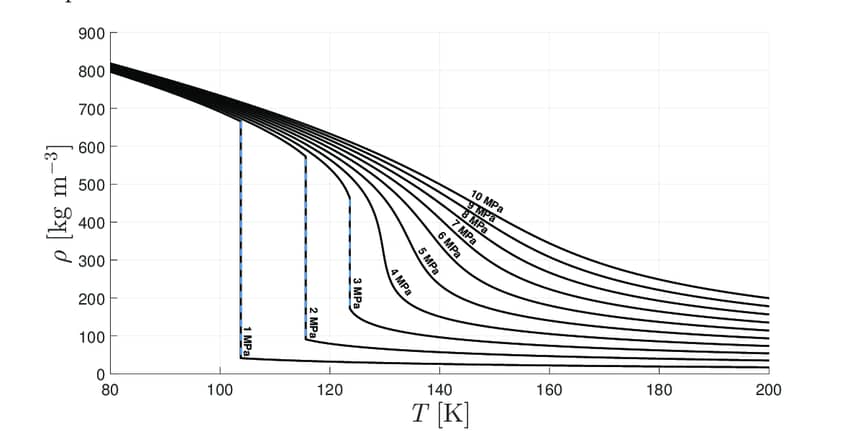
Liquid Nitrogen Density vs. Pressure
Explore how the density of liquid nitrogen might vary with pressure.
| Pressure (bar) | Pressure (atm) | Temperature (°C) | Density (kg/m³) | Comments |
| 1 | 0.987 | -196 | 807 | Standard atmospheric pressure (boiling point) |
| 1.5 | 1.48 | -190 | ~810 | Increased pressure slightly raises the density |
| 2 | 1.97 | -185 | ~815 | Pressure raised to slow the evaporation rate |
| 3 | 2.96 | -180 | ~820 | Higher pressure maintains liquid state |
| 4 | 3.94 | -175 | ~825 | Increased compression effect |
| 5 | 4.93 | -170 | ~830 | Elevated pressure for specific cryogenic needs |
Description of Columns:
Pressure (bar): Indicates the pressure exerted on the liquid nitrogen in bar units.
Pressure (atm): Conversion of pressure from bar to atmospheric pressure (1 bar ≈ 0.987 atm).
Temperature (°C): Approximate temperatures corresponding to different pressures, showing slight changes as pressure increases.
Density (kg/m³): Estimated density values can vary slightly due to pressure-induced changes.
Comments: Explanations or notes on how pressure influences the density of liquid nitrogen.
2. Density of Nitrogen Gas:
- When liquid nitrogen evaporates, it becomes nitrogen gas. At room temperature (20°C), the density of nitrogen gas is about 1.250 kg/m³, making it slightly lighter than air (the density of air is 1.293 kg/m³).
- At standard temperature and pressure (STP), nitrogen gas density is 1.250 kg/m³, whereas, at very low temperatures (-196°C), the density increases to about 4.56 kg/m³, causing the cold gas to sink below warmer air.
3. Weight of Liquid Nitrogen:
- One litre of liquid nitrogen weighs about 0.807 kg. For industrial applications, a gallon of liquid nitrogen weighs approximately 6.73 pounds (3.05 kg).
Temperature and State Transitions of Nitrogen
1. Temperature of Liquid Nitrogen:
- Liquid nitrogen has a boiling point of -196°C (-321°F), which means it remains liquid only at extremely low temperatures. This makes it significantly colder than most substances, even in cryogenic terms.
2. Melting and Freezing Points of Nitrogen:
- The melting point of nitrogen is -210°C (-346°F), at which it transitions from a solid to a liquid. Below this temperature, nitrogen exists as a solid.
3. Expansion Ratios:
- Liquid nitrogen expands dramatically when converted to gas. At room temperature, the expansion ratio from liquid nitrogen to nitrogen gas is about 1:680, meaning one litre of liquid nitrogen produces 680 litres of nitrogen gas.
Properties of Liquid Nitrogen
- Inert Nature: Being chemically inert, liquid nitrogen doesn’t react with most substances, making it ideal for creating safe, non-reactive environments.
- Non-Toxic and Odourless: It is safe for applications in food and pharmaceuticals but requires proper safety measures due to its extreme cold.
- Heavier than Air: In cold gaseous form, nitrogen gas is denser than air, posing safety hazards in enclosed spaces.
Applications of Liquid Nitrogen
- Food Preservation: Used for flash-freezing foods, which preserves quality and texture better than conventional freezing methods.
- Medical Use: Commonly used to preserve biological samples, including blood, tissues, and vaccines, and for cryotherapy treatments.
- Industrial Cooling: Used in cooling systems, it helps manage the heat in various manufacturing processes, including metalworking and electronics.
- Inert Atmospheres: Liquid nitrogen creates oxygen-free environments for packaging food, reducing spoilage and extending shelf life.
Infrastructure for Liquid Nitrogen Handling
Handling liquid nitrogen requires specialised cryogenic infrastructure to maintain low temperatures and prevent gas formation. Vacuum insulation is commonly used, employing double-walled pipes with a vacuum between them to minimise heat transfer.
Safety Considerations
- Oxygen Depletion: Liquid nitrogen gas can displace oxygen in the air, creating suffocation risks in confined spaces. Monitoring oxygen levels is critical.
- Pressure Build-Up: As it expands, liquid nitrogen can cause pressure build-up in containers, posing explosion risks if not properly vented.
- Frostbite Hazard: The extreme cold can cause severe frostbite on contact with skin, so handling requires appropriate protective gear.
Conclusion
Liquid nitrogen’s low temperature, non-toxicity, and inert properties make it a valuable tool across industries. However, understanding its density, weight, and expansion properties is crucial for safe and effective use. Whether used for preserving food or medical samples, liquid nitrogen’s versatility continues to make it a critical component in everyday and specialised applications.

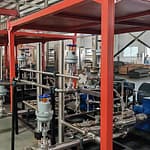

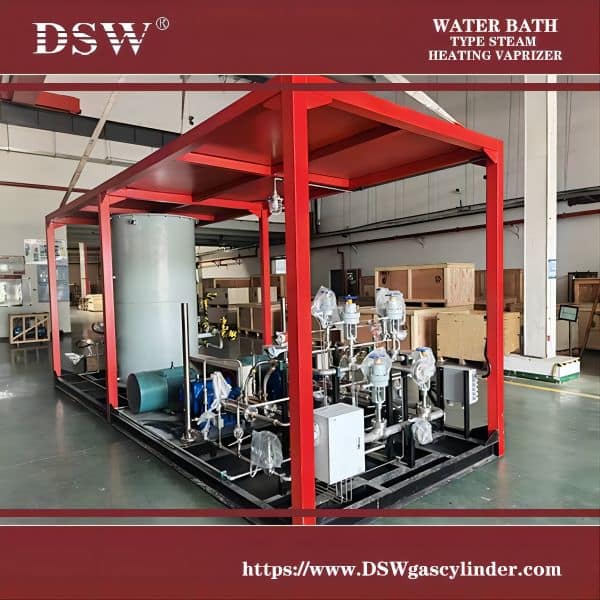
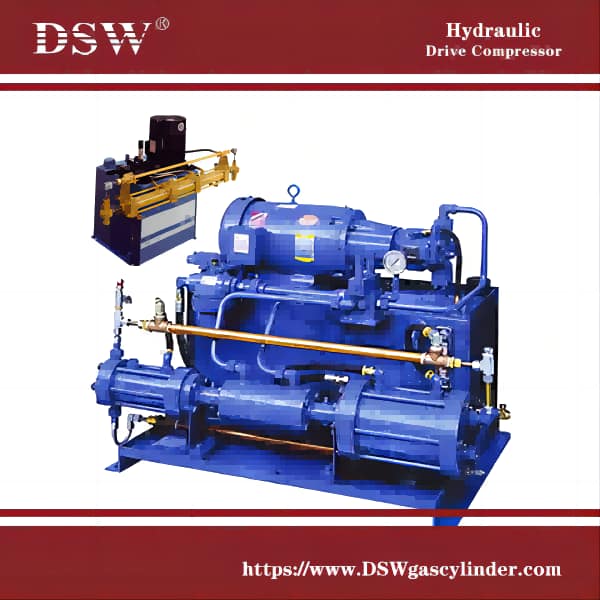
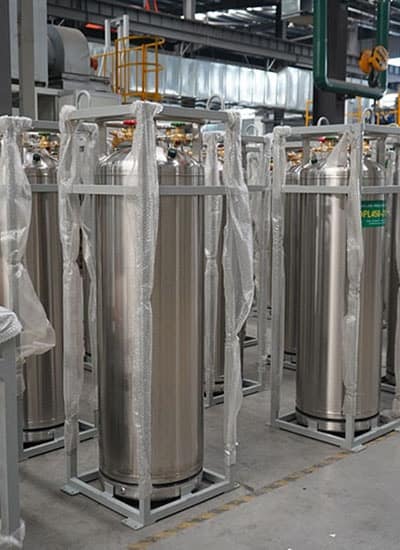
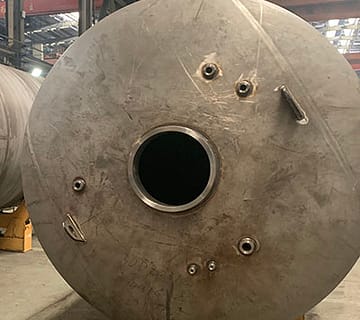

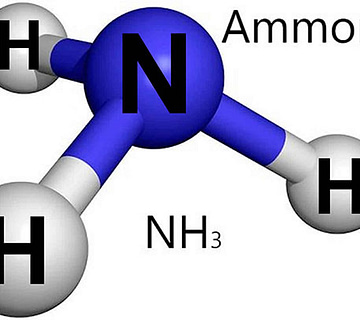

No comment